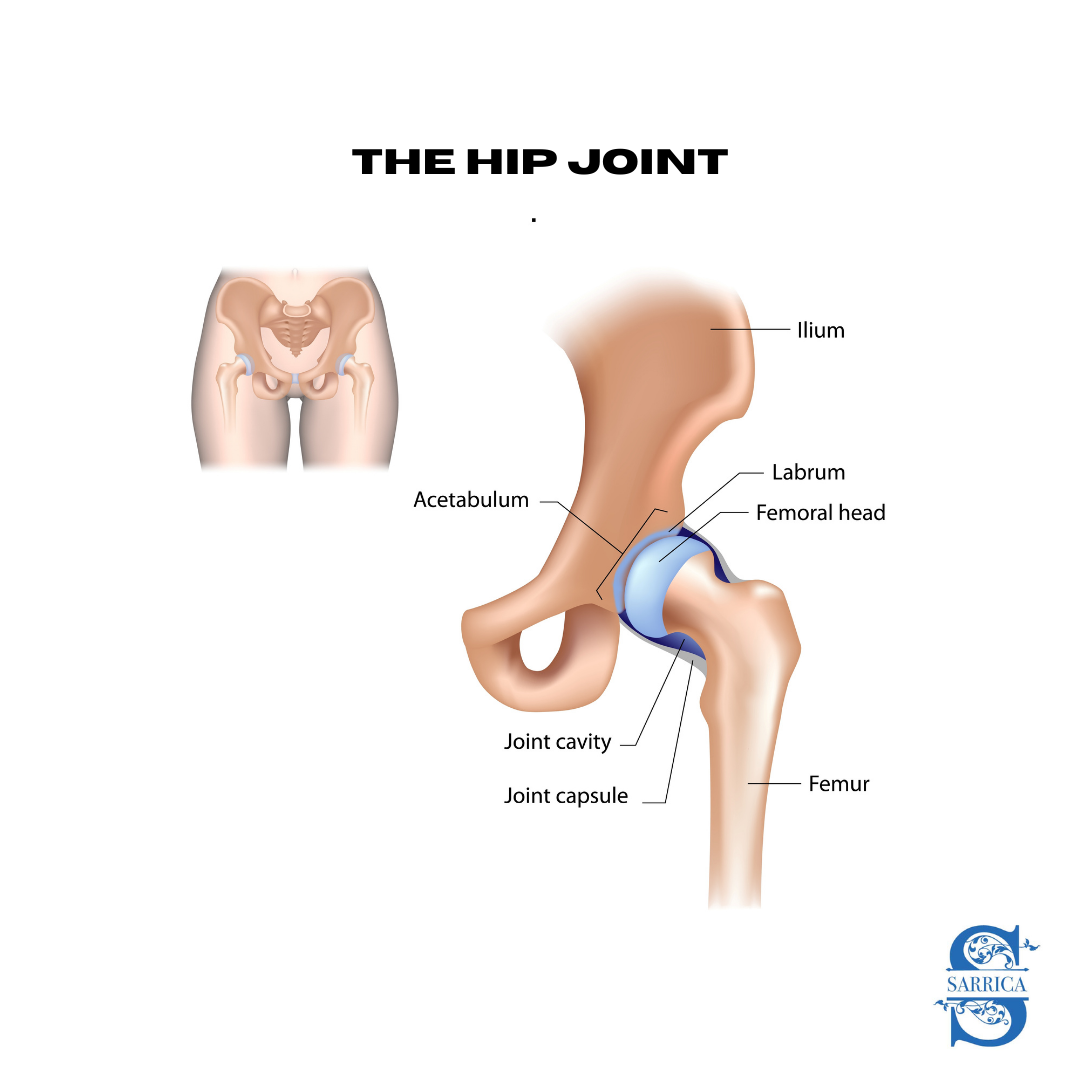Hips Don’t Lie, And Neither Do These Facts - 4 Interesting Hip Facts
Hips Don’t Lie, And Neither Do These Facts - 4 Interesting Hip Facts
Our hips are made up of joints, bones, muscles and tendons that work together to help us walk, run, jump and do just about everything that makes us mobile. The hip is where the femoral head of the femur bone fits into the socket of the pelvic bone. The femur and pelvic bone are connected together by tendons, ligaments and fluid that help enforce stability and strength of the hip.
Below are 4 interesting facts about the hip you may have not learned about in anatomy:
1. The Female and Male pelvis are different.
Pelvic bones can be useful in determining sex, as they vary from men to women. A female pelvic bone is typically larger and wider than a male’s pelvic bone, to accommodate child birth. The male pelvic bone is typically smaller and more narrow. There are also structural differences including the distance between the ischium bones and the size of the sacrum.
2. The real name of the pelvic bone is Os Coxae.
Each os coxa bone (pelvic bone) is made up of three bones, which fuse during early adult-hood. The ilium bone forms the superior portion of the os coxa, the ischium bone the lower posterior portion, and the pubic bone (pubis) the lower anterior portion.*
3. The femur is the biggest bone in the human body.
The femur is the long, weight bearing bone that extends from the hip to the knee. It is the strongest bone in the human body and can resist a force of up to 1,800 to 2,500 pounds.
4. Your bones are technically alive.
Bone is considered living tissue because of the cellular activity that takes place inside. They also have their own blood vessels, proteins, vitamins and minerals that allow them to repair themselves and grow.
Now that you’ve learned how important and interesting your hips really are, you should also know that hip injuries are very common. The best way to avoid hip injuries and hip pain is to warm the muscles up before exercise and stretch after exercising or playing sports. If you do find yourself with a hip injury, our Physical Therapists in Brooklyn and Manhattan can help find the right course of action for you.

